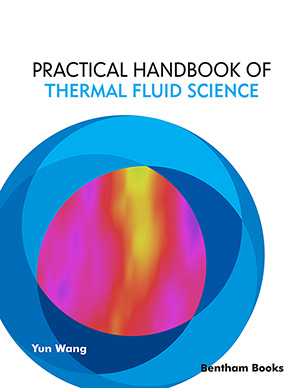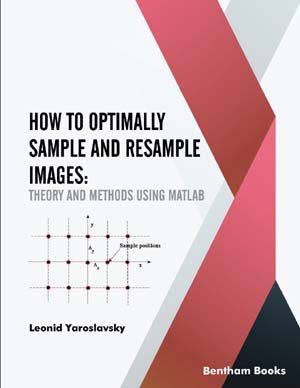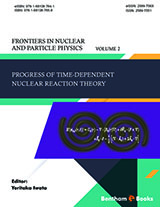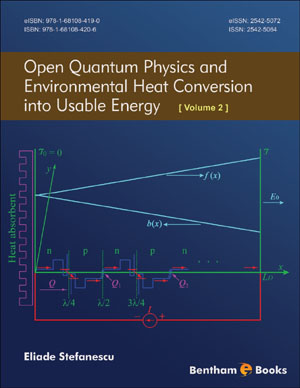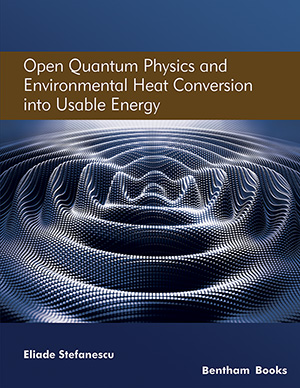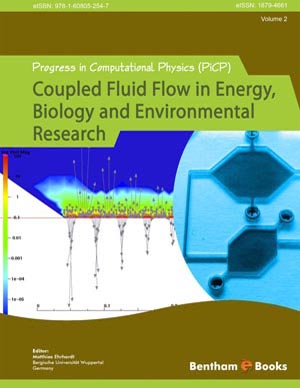Abstract
Most major high-speed applications, such as communications, environmental monitoring, transportation, smart homes, industries and gadgets are enabled by recent photonic technology. Basic all-optical logic gates are used in the development of image sensors, ultra-fast optical devices, and positioning equipment in high-speed applications. Among different technologies proposed for all-optical implementation, Semiconductor Optical Amplifiers (SOA) have been widely adopted. They have attractive features such as wide gain bandwidth, low power consumption, compactness and strong non-linearity. SOA still has a limitation that its spontaneous emission noise restricts the performance. The semiconductor optical amplifiers with quantum dots exhibit higher saturation output power, lower current density threshold, wider gain bandwidth, and low noise figure than conventional SOA. Quantum Dot Semiconductor Optical Amplifiers (QDSOAs) also have limitations like large size, high power consumption and spontaneous emission of noise. Photonic Crystal (PhC) is an artificial material that is suitable to overcome all drawbacks of SOA and QDSOA due to its simple structure and compactness, high speed, low power consumption, and low loss. PhC-based structures allow propagation of light in a controlled manner with its periodic crystal arrangements having dissimilar diffraction index. PhCs are considered to be a suitable structure for designing all-optical devices with compactness. In this chapter, an all-optical XOR is designed. Initially, the XOR gate is designed and simulated by using the FDTD method. The proposed XOR logic is achieved without nano-resonators and then with nanoresonators to get enhanced performance metrics in the form of high contrast ratio. The contrast ratio is 260 dB for the XOR gate with a delay time of 0.19 ps. The proposed XOR logic gate has potential practical applications for high speed applications of telecommunication systems.
Keywords: Finite Difference Time Domain (FDTD) Method, Nanoresonator, Photonic Crystal (PhC), Plane wave expansion (PWE) Method, XOR Gate




